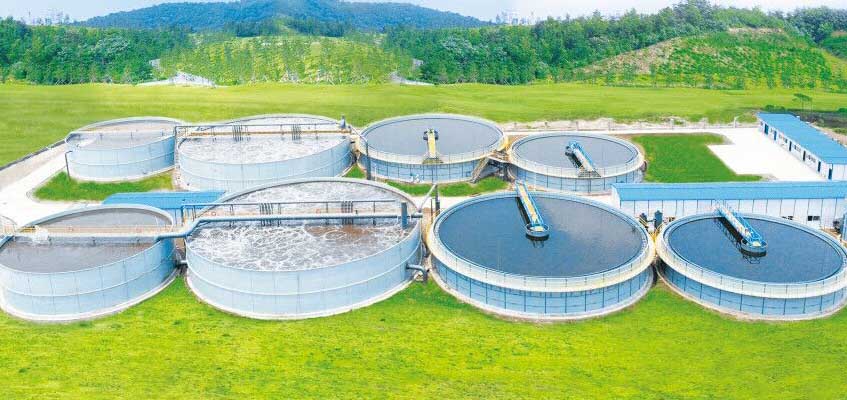Wastewater treatment process is a variety of economical, reasonable, scientific and effective process methods for urban domestic sewage and industrial wastewater. Wastewater treatment technology can be divided into primary, secondary and tertiary treatment according to the degree of treatment.

Primary treatment mainly removes suspended solid pollutants in wastewater. Most of the physical treatment methods can only complete the requirements of primary treatment. After the first-level treatment, BOD can generally be removed by about 30%, which does not meet the discharge standard. The primary treatment belongs to the pretreatment of the secondary treatment.
The secondary treatment mainly removes the colloidal and dissolved organic pollutants (BOD, COD substances) in the wastewater, and the removal rate can reach more than 90%, so that the organic pollutants can meet the emission standards.
Tertiary treatment, further treatment of difficult-to-degrade organic matter, nitrogen and phosphorus and other soluble inorganic matter that can lead to eutrophication of the water body. The main methods include biological nitrogen and phosphorus removal, coagulation precipitation, sand filtration, activated carbon adsorption, ion exchange and electroosmosis analysis.
The whole process is that the raw wastewater that has passed the coarse grid is lifted by the wastewater lift pump, passes through the grid or sand filter, and then enters the grit tank. The sewage separated from the sand and water enters the primary sedimentation tank. The above is the primary treatment (ie, physical treatment). ), the effluent of the primary sedimentation tank enters the biological treatment equipment, there are activated sludge method and biofilm method, (the reactor of the activated sludge method includes aeration tank, oxidation ditch, etc., biofilm method includes biological filter, biological turntable , Biological contact oxidation method and biological fluidized bed), the effluent of biological treatment equipment enters the secondary sedimentation tank, the effluent of the secondary sedimentation tank is disinfected and discharged or enters the tertiary treatment, the primary treatment ends here and it is the secondary treatment, the tertiary Treatment includes biological nitrogen and phosphorus removal method, coagulation precipitation method, sand filtration method, activated carbon adsorption method, ion exchange method and electrodialysis method. Part of the sludge in the secondary sedimentation tank is returned to the primary sedimentation tank or biological treatment equipment, and part of the sludge enters the sludge thickening tank, and then enters the sludge digestion tank. After dewatering and drying equipment, the sludge is finally used.
Customize municipal water & wastewater, industrial wastewater and biogas project solutions